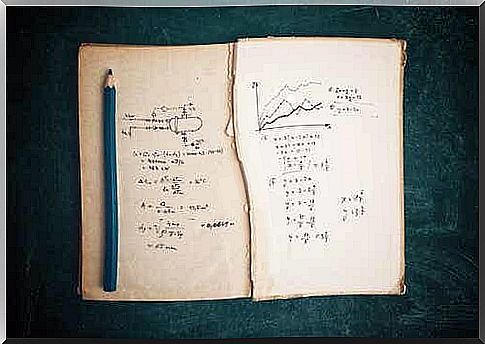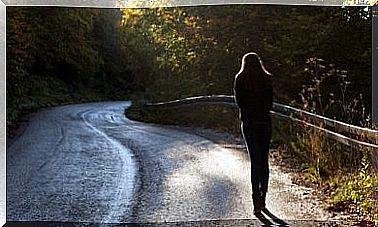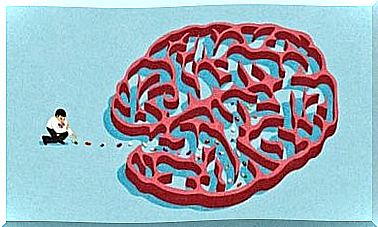Sofia Kovalévskaya: A Brave Mathematician

Sofia Kovalévskaya was a remarkable woman for her contributions in mathematics and physics, as well as for her impressive tenacity. She was born in a world where women in education faced closed doors. They were not even allowed to travel without permission from their fathers or husbands.
The most interesting thing about Sofia Kovalévskaya’s life is precisely the way she coped with all the restrictions imposed on her by society. Despite those limitations, she has fulfilled her dreams and worked on her projects. Sofia was in fact the first woman to complete a university education. She was also the first known female university professor.
Without intending to, she became a pioneer of feminism. She showed that determination is an unstoppable force that sometimes helps people achieve what seems impossible.
Sofia Kovalévskaya, in addition to her important findings in the scientific field, also penetrated the world of writing. She devoted herself to poetry, the unveiling of science and even contributed to astronomy.

The childhood of Sofia Kovalevskaya
Sofia was born in a very peculiar family. On her mother’s side, she was a descendant of the King of Hungary, Matías Corvino. However, her grandfather married a gypsy. As a result, they did not allow him to receive the title to which he was entitled.
On her father’s side, she had several famous relatives, such as cartographer Friedrich Schubert and astronomer Theodor von Schubert.
Sofia was born on January 15, 1850 in Moscow, Russia. Her older sister was the famous socialist Anna Jaclard. When she was very young she moved with her family to Belarus. Her new home was heavily influenced by scientific knowledge. Two of her uncles and her father instilled in her a great love for reading and research.
Upon their arrival in Belarus, the family discovered that a wall in Sofia’s room was missing wallpaper. They then decided to solve the problem by hanging pages from a random book to cover those spots. The book was about differential calculus and was chosen at random. The little girl began to study and read the pages with amazement and interest.
A brilliant girl
Even though her father hired private tutors to teach her, he was shocked to see her progress. He was terrified of “wise women.” That’s why he stopped her education. However, the young girl continued to study alone and even taught herself algebra.
The famous writer Fiódor Dostoevsky courted Sofia’s sister, even though Sofia was completely in love with him. He was her impossible love.
Both Sofia and her sister knew that getting married was the only way to have any kind of freedom. At the time, many women consented to “white marriages,” in other words, marriages of convenience.
At that time, it was common to come to an agreement with someone for a formal wedding and then let everyone live completely independently. Anna, Sofia’s older sister, wanted to do this with paleontologist Vladimir Kovalevski. However, he preferred to marry Sofia, who was only 18 years old.

Sofia Kovalévskaya, a unique woman
As expected, the marriage gave Sofia new opportunities. They moved first to Heidelberg and then to Berlin. There she met the famous mathematician and analyst Karl Weierstrass, who (at first) did not believe in her talent.
Realizing the extent of her passion and intelligence, he asked her to be admitted as a university student. The university refused, so he decided to give her private lessons.
Thanks to the support of Weierstrass, Sofia graduated with a PhD. He made it possible for her to present her thesis without being physically present. She then embarked on a long journey to find work that would allow her to develop her talents.
Professional life
About 10 years after she graduated, her friend Gösta Mittag-Leffler helped her get a job as a professor at Stockholm University.
By this time, Sofia had a daughter and her husband had committed suicide. Her situation as a widow helped to reduce resistance to hiring her.
During her life she received several awards. She was one of the first women to join the Russian Academy of Sciences. She died early, at the age of 41, of pneumonia. One of the moon’s craters is named after her, in tribute to her great contributions.
Sofia was one of many brilliant figures who tried to hide history. She is hardly mentioned in schools, but her achievements were more impressive than those of most of her contemporaries. She was one of those mind-boggling ghosts that sometimes crop up in the history of mankind.









